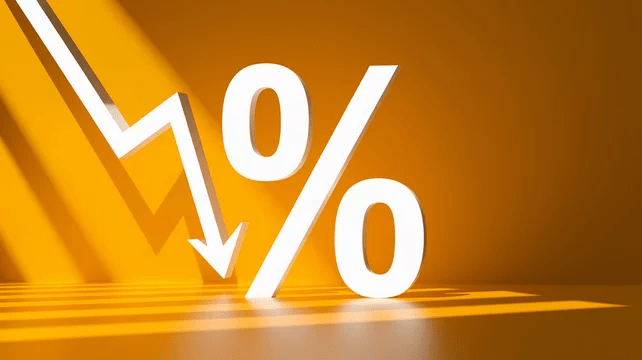The U.S. Federal Reserve is ready to reduce interest rates in September 2025. The move occurs amid worries regarding the well-being of the economy and the softening labor market. The signal for such a change was solidified after comments by Federal Reserve Chairman Jerome Powell and other authorities.
What Jerome Powell Said
In a major speech at the Kansas City Fed’s annual conference in Jackson Hole, Wyoming, Chair Jerome Powell said, “the time has come for policy to adjust.” It was a strong indication that the Fed may reduce interest rates when the Federal Open Market Committee (FOMC) meets on September 16–17.
Powell revealed that employment risks have increased, whereas the threat of too-high inflation has lessened. He did not clarify just how big the reduction might be, yet suggested the Fed is ready to act if this latest data calls for it. His comments provided markets with confidence that a rate cut in September is likely.
Market Reaction and Expectations
After Powell’s speech, stocks went up and Treasury yields dropped, showing investor optimism. According to the CME Group’s FedWatch tool, there is now about an 86–87% chance of a 0.25% cut in September. This would bring rates down from the current 4.3%–4.5% range.
Futures markets strongly believe this cut will happen, though the outlook for later months is less clear. Many expect another cut by December, but the chance of three cuts in 2025 is low.
What Other Fed Officials Are Saying
Other Fed leaders have also spoken out. Governor Christopher Waller has pushed for an immediate cut in September. He pointed to weaker job reports and slower hiring as proof that the labor market is losing strength.
Waller also said further cuts are possible in the next three to six months, depending on the data.
Not everyone is in agreement, though. Some Fed members warn that cutting rates too much could rekindle higher inflation, still above the Fed’s 2% target.
The Bigger Picture: Inflation and Risks
The Fed has kept rates high for an extended period to contain inflation. Recent news shows hope, with core inflation decreasing to approximately 2.6% annually, a sharp decline from its highs. Still, there are risks. Tariffs and global economic issues can push prices up again.
On the jobs side, hiring has slowed down, but the labor market is not melting down. Which presents the Fed with an ugly choice: move now to preserve jobs or wait another few weeks to make sure inflation stays in check. Most experts believe the Fed will take a middle path, seeking a balance between both perils.
Politics and Market Response
The idea of a rate cut has also caught political attention. President Donald Trump has repeatedly called for bigger cuts and has even clashed with Fed officials. Still, these political moves have not changed the Fed’s plans. Financial markets remain focused on the actual economic numbers and signals from the Fed, rather than politics.

